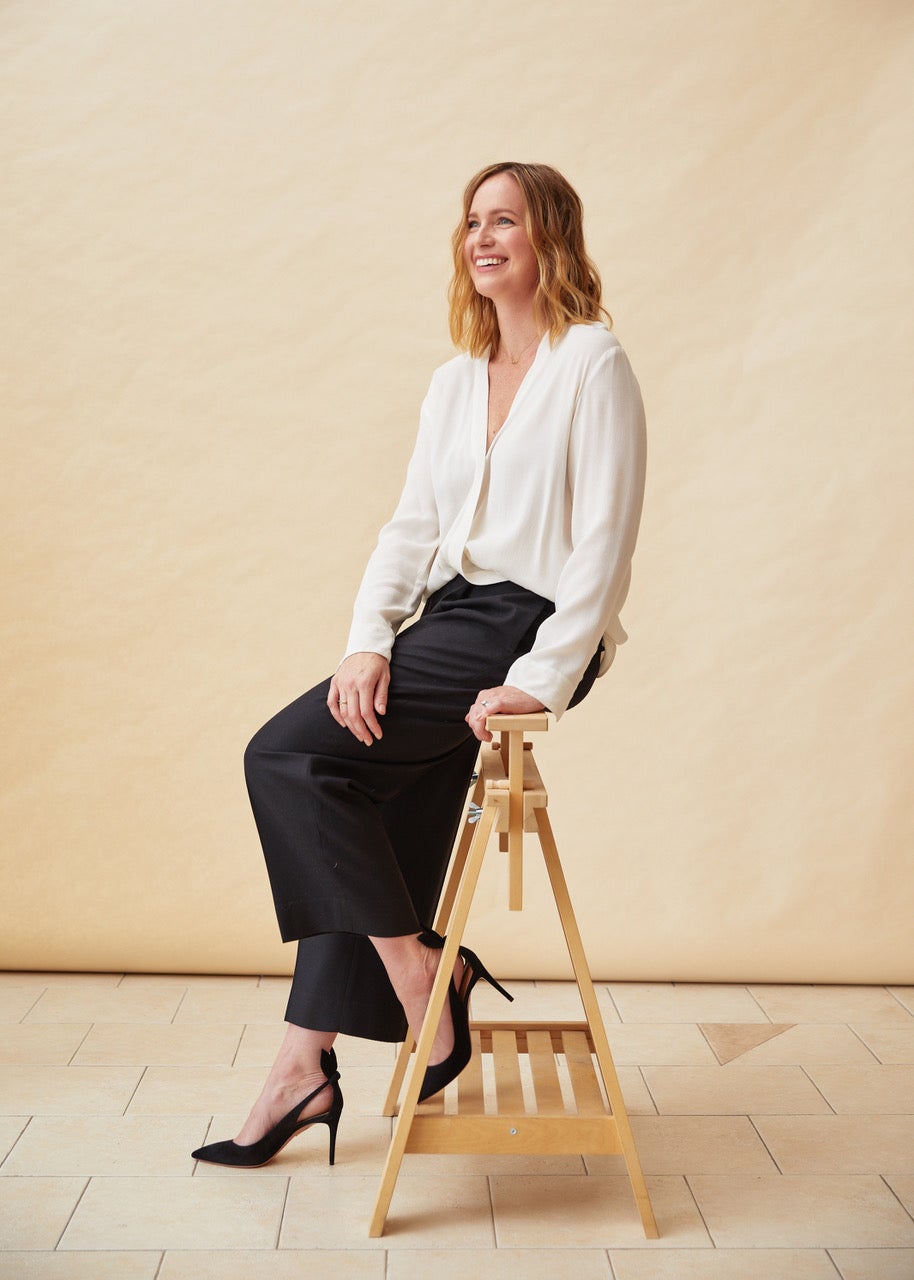It takes courage to scrap what you know and start anew—but that’s just what Menlo Park, California–based designer Amanda Teal did with her firm two years ago. “You just have this moment like, ‘Well, I don’t really love this, but also, I created this,’” she tells host Kaitlin Petersen on the latest episode of Business of Home’s newest podcast, Trade Tales. “I thought this is what it was supposed to look like, but it’s not really what I want it to look like.”
Like many in the industry, Teal didn’t grow up thinking interior design was a career in its own right—but after meeting a designer in the Bay Area, she went back to school for design, eventually launching her own firm in 2010. She built it from the ground up, charging as many designers do: an hourly rate with a markup on product.
“We would track our time, doing hourly billing,” says Teal. “And I’ve gotten that advice from accountants and other advisers I’ve talked to, that hourly billing is relatively standard in our industry.” But at a certain point, her firm outgrew that approach. At a crossroads, she realized that she wasn’t entirely satisfied with what her business had become.
She began by asking herself the question: What do I want? “I’ve always had this belief that if I just work hard enough, or try hard enough, something will work,” says Teal. “I made a list of all the things that I want to be doing, [and] through outlining those things, it became clear what I did want.” Then she pivoted. She completely overhauled her fee structure and decided that she would take on only whole-home projects—both decisions that opened the gates to a completely different kind of design practice.
Listen to the episode and check out some takeaways below. If you like what you hear, subscribe on Apple Podcasts or Spotify—new episodes will debut every other Wednesday. This episode was sponsored by The Shade Store and SideDoor.
WHEN IT RAINS, IT POURS
Teal has spent her whole career presenting to clients, but when she finally made the decision to change her fee structure, she saw a positive ripple effect in other parts of the business, from the scale of the projects to the client relationships. “Pitching whole houses in meetings and having people say ‘yes!’ to 10 boards, minus that one fabric, or whatever it is, is hugely satisfying—and not something that used to happen before on such a large scale,” she says. “Just having those client moments where they knew what to expect upfront, you deliver along those lines, and just having those moments where you leave a meeting and are like, ‘That was awesome. We nailed it.’ That’s the best feeling in the world!”
Adjusting to sticker shock
Teal admits that when she finally did switch to charging a flat fee, she had to acclimate to a new set of conversations with clients, but says the initial discomfort ultimately made for a stronger relationship. “There’s a lot of sticker shock, but it opens up the conversations you need to have before you start a project,” she says. “The whole process is just expensive. But then we get to sit down and have a conversation about what’s about to happen here and what value you’re getting for that number—people appreciate understanding what the value is.”
It’s all about scope
By having the early conversation about budget (and with it, her design fee), Teal is able to approach the creative process with a firm understanding of the resources she’s able to work with. Because she arrives at presentations knowing that the design scheme fits the budget, she bypasses much of the underlying stress that clients may have around the finances of a project, allowing them instead to focus on whether or not they love the design. “[Now, it’s] ‘Here’s the whole house in a presentation. It fits within your budget. Do you like it?’” she says. “As far as having that moment where you create these boards and you’re doing the presentation, I think people are more in the moment. It’s a completely different experience for the client.”
Homepage image: Amanda Teal | Courtesy of Amanda Teal Design





























